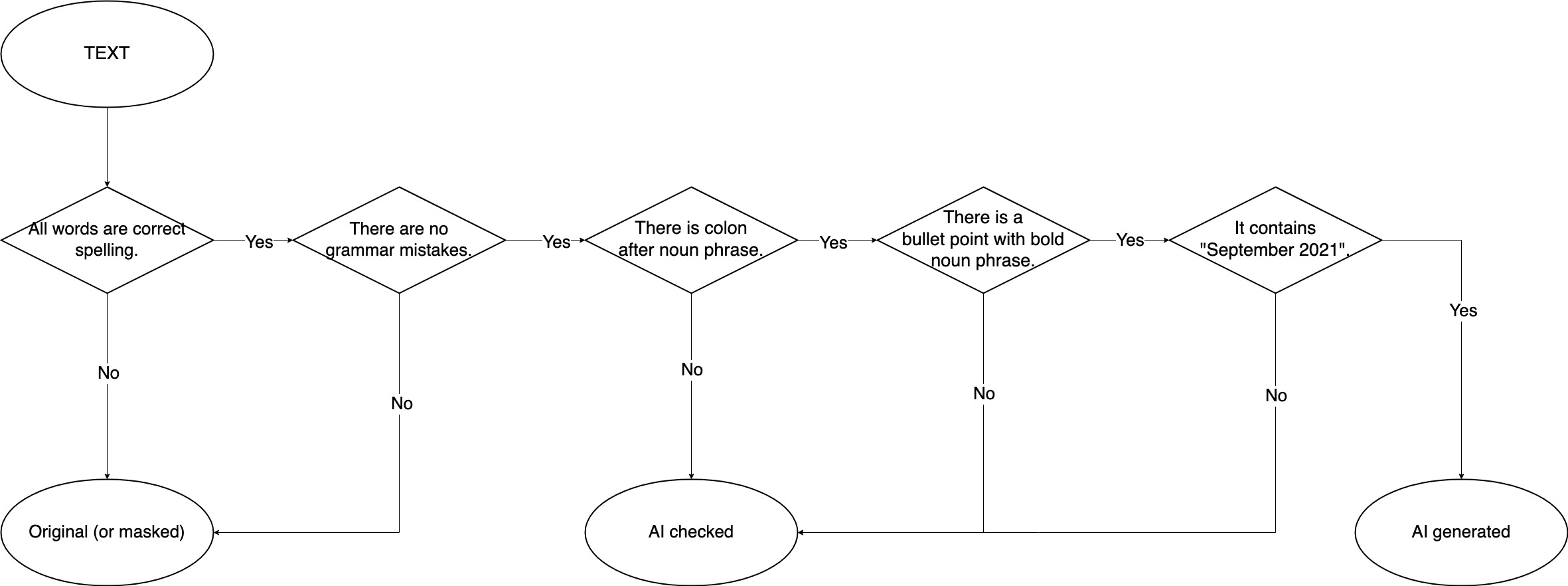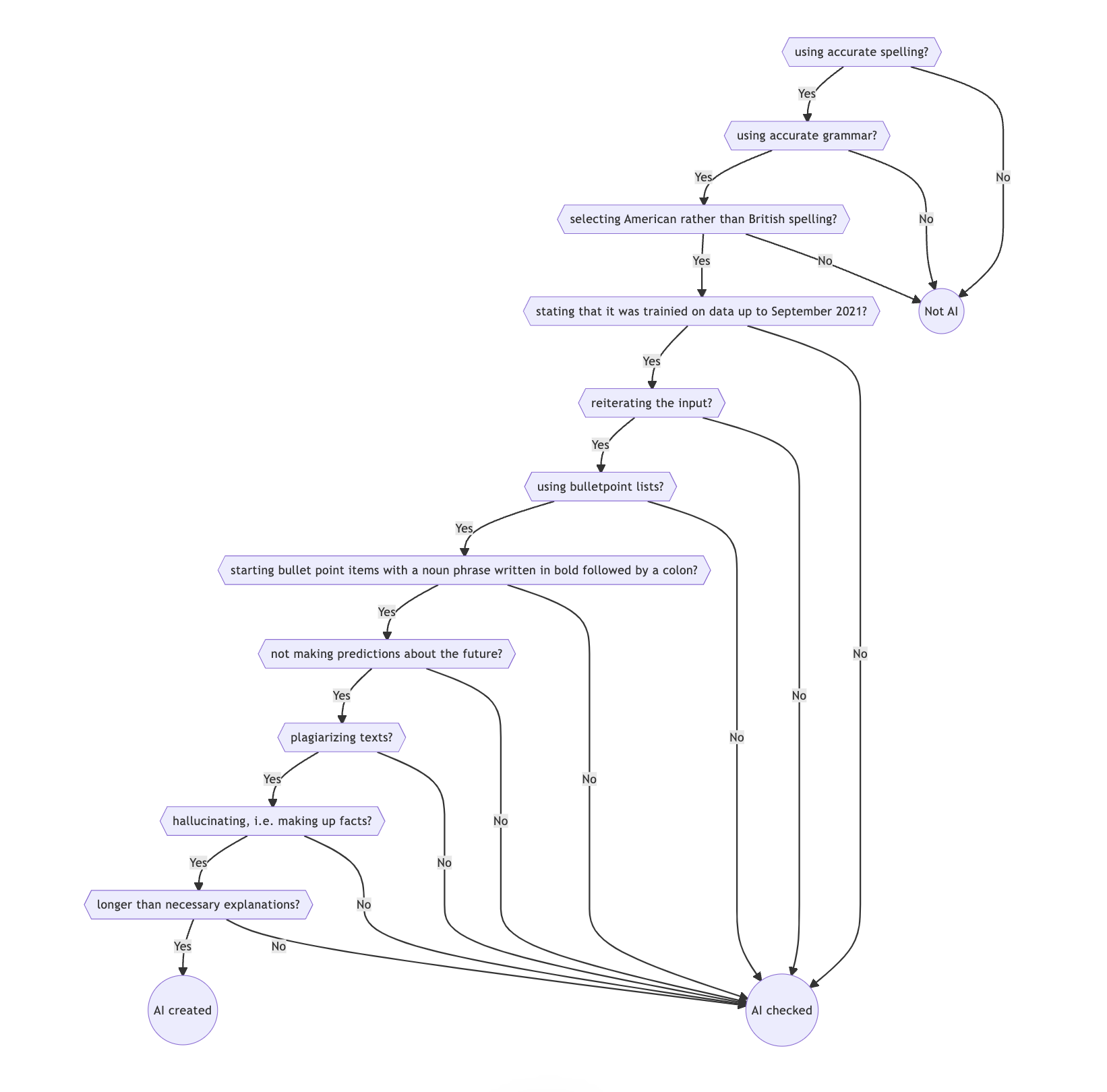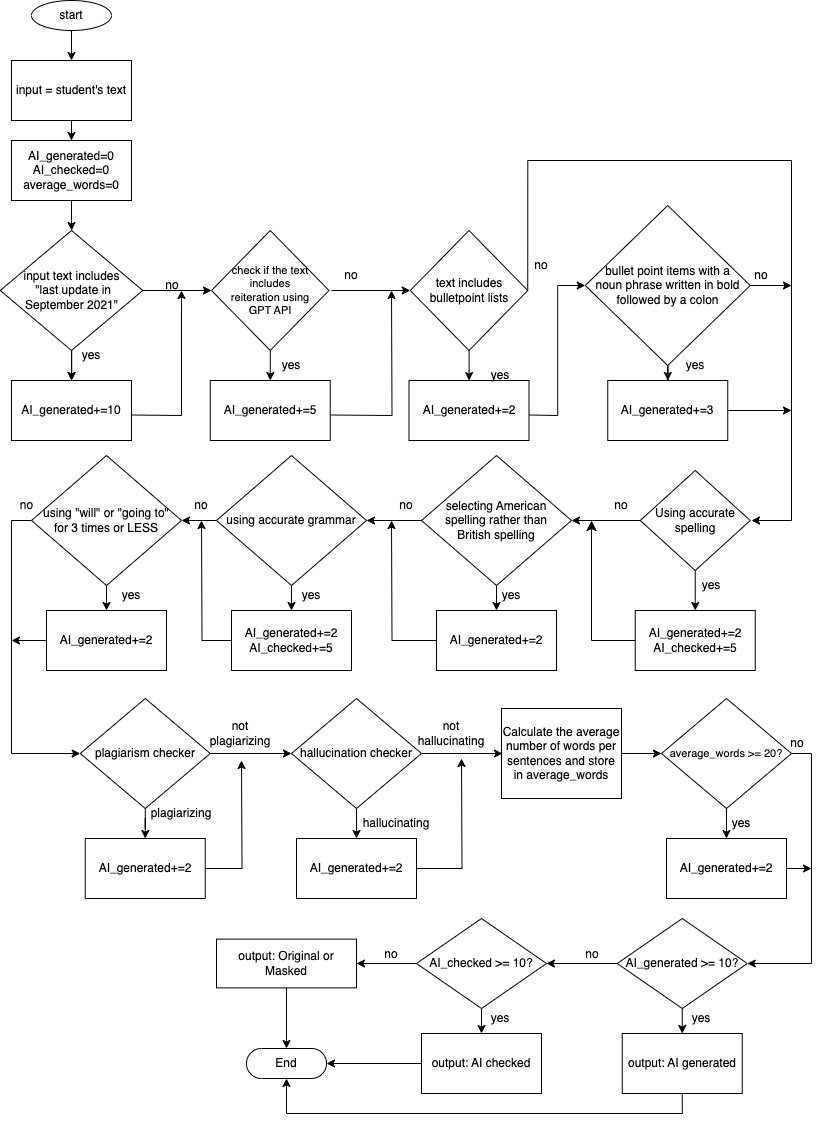By the end of this unit you should have:

Work in pairs. Without referring to the course website or any notes, take it in turns to answer the following questions. After each, answer agree or disagree with your partner. If you disagree, explain why.
Listen to this clear and concise explanation of expert systems.
The video is 14 mins 15 secs long. The presenter uses many of the target vocabulary items that are the focus of this course.
The images below are representations of expert systems created by course participants. Each system has both pros and cons. Discuss each system focussing on the benefits and drawbacks. Where possible, suggest ways to improve each system. You can open the images in a new tab to enlarge them.
Evaluate each of the expert system designs by considering the following:



Read.
Use ChatGPT and/or Google to understand the following terms when used in the field of authorship analysis. Share your findings with your partner/team.
If you cannot understand any terms even though you checked ChatGPT and/or Google, ask your tutor.
Read.
This is an extension to the scenario presented in the slide in the Problem Breakdown. Three use cases are presented which should help clarify what the expert system needs to do.
Listen to your tutor explain this slideshow. Work with your parter/team when prompted.
Work in teams to create a detailed design of the expert system that can be used to attribute or verify authorship in the Use Cases using word frequency, keyword frequency and keyword and pattern frequency (Here pattern means the POS permutations followign the keyword).
Submit your work on ELMS.
Can you:
If you do not, make sure that you do before your next class.
Running count: 38 of 38 concepts covered so far.